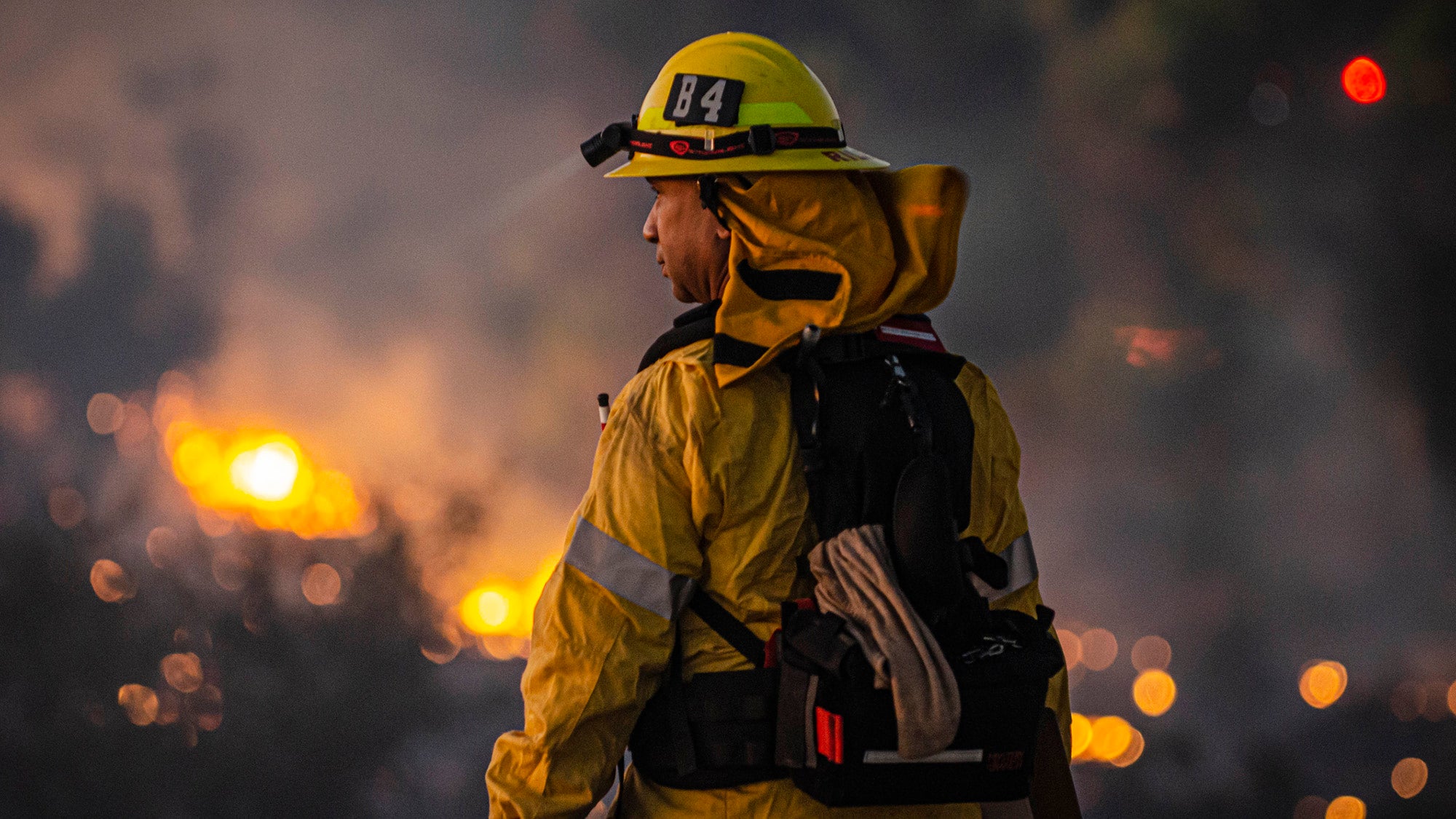Department of Environmental Health
We’re leading the global charge to understand and solve the world’s most pressing environmental health challenges. Learn how we can make an impact together.
665 Huntington Avenue, Building 1, Room 1301
Boston, MA 02115
The Department of Environmental Health at the Harvard T.H. Chan School of Public Health is at the forefront of a global mission to help people live healthier, safer lives on a sustainable planet.
Through innovative thinking, groundbreaking research, and a global perspective, we tackle the most critical environmental health challenges of the 21st century.
If you’re passionate about making a meaningful impact in public health, we invite you to explore our department and see how you can contribute to our mission today.

Why Environmental Health?
[One woman told me] that, before this project, no one had really created space that centered her humanity—not as a consumer, but as a whole person and as a Black woman, and it shouldn’t have taken 20 years to have this happen for her.

Student story: Shedding light on a lack of safe hair products for Black women
Marissa Chan discusses research that found that hair products sold in Boston neighborhoods with higher percentages of people of color and lower income people tend to be more toxic… Read more.
Who We Are
Degree Programs
Master of Public Health – Occupational and Environmental Health
The 45-credit MPH in Occupational and Environmental Health provides you with knowledge of harmful exposures and the skills to translate discoveries into actions that improve public health.
Master of Science – Environmental Health
The SM in Environmental Health prepares you to make an impact in public health though researching harmful exposures, investigating their impact on human health, and developing solutions.
Doctor of Philosophy in Biological Science in Public Health
The PhD program in Biological Sciences in Public Health trains students in individual fields of biological research with a focus on understanding, preventing, and treating diseases.
Doctor of Philosophy in Population Studies
The PhD in Population Health Sciences (PHS) is a cohort-based, multidisciplinary degree that provides students with the tools needed to tackle a wide range of complex public health issues.
Concentrations
Research
The Department of Environmental Health is at the forefront of research on the most pressing public health issues in 21st century society, including investigating the health impacts of climate change, occupational hazards, and environmental toxins such as microplastics, forever chemicals, air pollution, heavy metals, radiation, and more.

Programs and Fellowships
The Department of Environmental Health features a number of prestigious programs and fellowships for our students. Learn more about our available programs and fellowships.

Diversity & Inclusion
At the Department of Environmental Health, we believe diversity is integral to the Harvard experience and the positive impact we can have on the world. Our community is enriched by a diversity of cultural backgrounds, identities, lived experiences, and perspectives, enabling us to best meet the pressing environmental health needs and injustices facing society today. We pursue ongoing engagement with diversity-related topics to allow for personal development and organizational growth. Our goal is to ensure we are fostering and sustaining a culture of inclusion where students, employees, and the broader Harvard community of all identities can feel safe and thrive. Central to this is our commitment to ensuring equitable access to opportunities for learning, living, and working at the Department of Environmental Health and Harvard Chan School.


